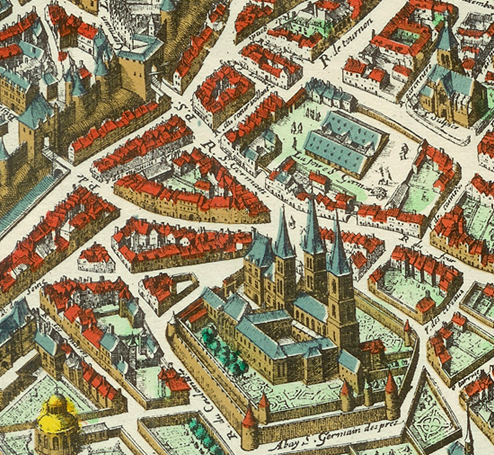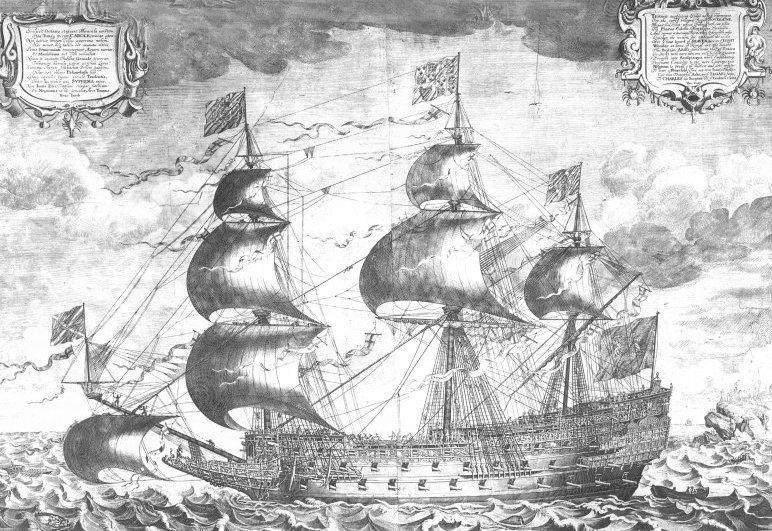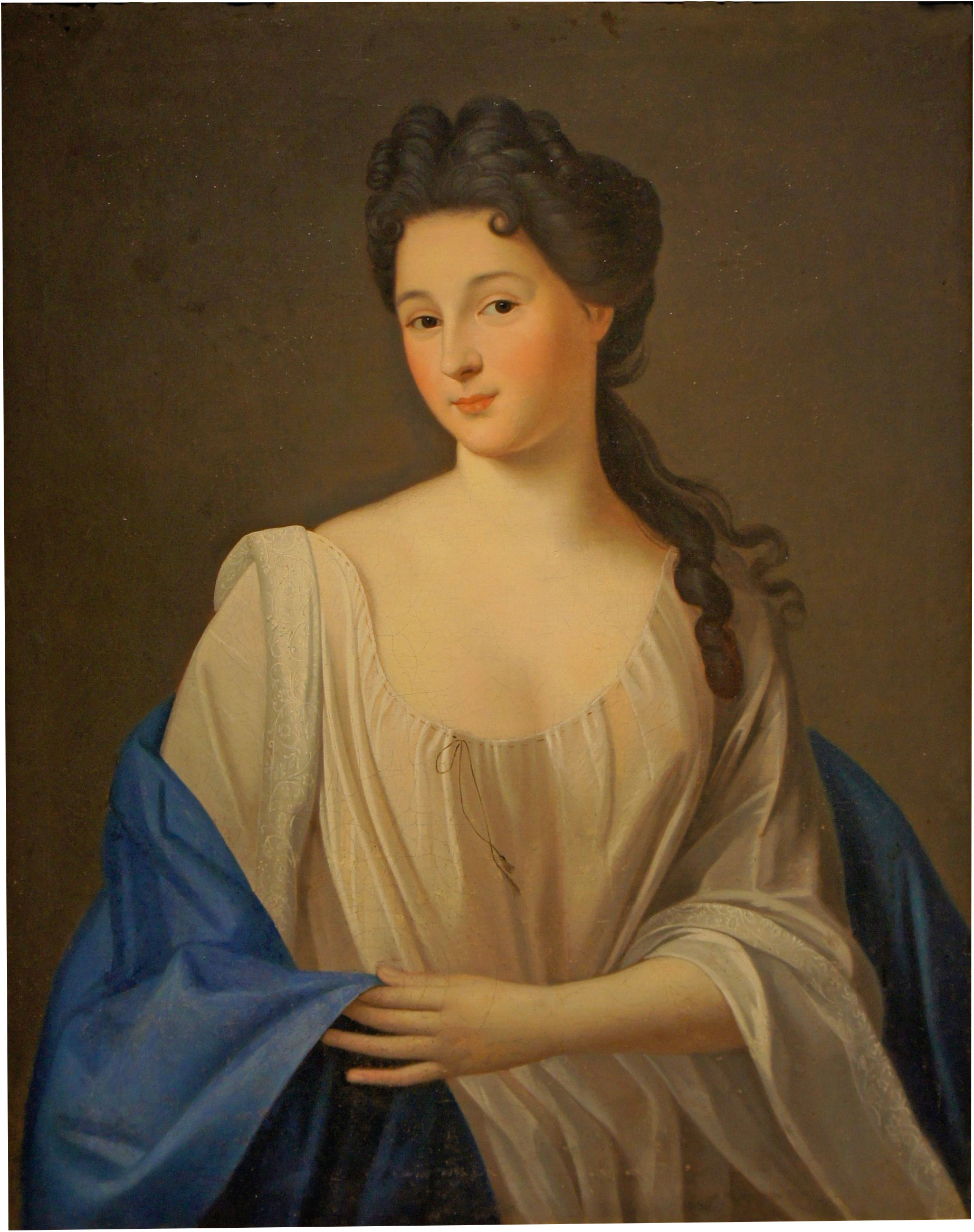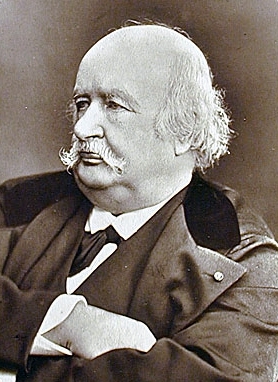|
Léonor Jean Christine Soulas D'Allainval
Léonor-Jean-Christin Soulas d'Allainval, called abbé d'Allainval, 2 October 1696, in Chartres – 2 May 1753, in Hôtel-Dieu de Paris) was an 18th-century French playwright. Life He lived all his life in misery and died an indigent. None of his plays were successful, except for a very short time his first comedy, ''L'Embarras des richesses'', played four times in Paris during his lifetime and later considered a comedy "well conducted and well untied" and "one of his best works". Only ''L'École des bourgeois'' brought him posthumous fame. Presented for the first time at the Comédie-Française in 1728, the play was revived only sixteen years after his death and played intermittently between 1769 and 1848. In 1854, it inspired Émile Augier and Jules Sandeau a new comedy which was like a sequel.Émile Augier et Jules Sandeau, ''Le Gendre de M. Poirier, four-act comedy, in prose'', premiered at Paris at Théâtre du Gymnase 8 April 1854. Works ;Theatre *1725: ''L'Embarras de ... [...More Info...] [...Related Items...] OR: [Wikipedia] [Google] [Baidu] |
Chartres
Chartres () is the prefecture of the Eure-et-Loir department in the Centre-Val de Loire region in France. It is located about southwest of Paris. At the 2019 census, there were 170,763 inhabitants in the metropolitan area of Chartres (as defined by the INSEE), 38,534 of whom lived in the city (commune) of Chartres proper. Chartres is famous worldwide for its cathedral. Mostly constructed between 1193 and 1250, this Gothic cathedral is in an exceptional state of preservation. The majority of the original stained glass windows survive intact, while the architecture has seen only minor changes since the early 13th century. Part of the old town, including most of the library associated with the School of Chartres, was destroyed by Allies of World War II, Allied bombs in 1944. History Chartres was one of the principal towns in Gaul of the Carnutes, a Celts, Celtic tribe. In the Gallo-Roman period, it was called ''Autricum'', name derived from the river ''Autura'' (Eure), and a ... [...More Info...] [...Related Items...] OR: [Wikipedia] [Google] [Baidu] |
Théâtre De La Foire
Théâtre de la foire is the collective name given to the theatre put on at the annual fairs at Abbey of Saint-Germain-des-Prés, Saint-Germain and Saint-Laurent church, Paris, Saint-Laurent (and for a time, at Saint-Ovide) in Paris. Foire Saint-Germain The earliest references to the annual fair date to 1176. The fairground itself was established in 1482 by Louis XI for the benefit of the Abbey of Saint-Germain-des-Prés and was located near the Abbey on the Rive Gauche, Left Bank southwest of the city center just outside one of the gates of the Wall of Philip II Augustus, Paris, city wall built by Philip II at the beginning of the 13th century. The covered Saint-Germain market today occupies part of the former fairground site with access from the Boulevard Saint-Germain via the Rue de Montfaucon satellite view. The fair generally lasted three to five weeks around Easter. During the 18th century it consistently opened on 3 February and lasted until Palm Sunday. The fair's first a ... [...More Info...] [...Related Items...] OR: [Wikipedia] [Google] [Baidu] |
1753 Deaths
Events January–March * January 3 – King Binnya Dala of the Hanthawaddy Kingdom orders the burning of Ava, the former capital of the Kingdom of Burma. * January 29 – After a month's absence, Elizabeth Canning returns to her mother's home in London and claims that she was abducted; the following criminal trial causes an uproar. * February 17 – The concept of electrical telegraphy is first published in the form of a letter to ''Scots' Magazine'' from a writer who identifies himself only as "C.M.". Titled "An Expeditious Method of Conveying Intelligence", C.M. suggests that static electricity (generated by 1753 from "frictional machines") could send electric signals across wires to a receiver. Rather than the dot and dash system later used by Samuel F.B. Morse, C.M. proposes that "a set of wires equal in number to the letters of the alphabet, be extended horizontally between two given places" and that on the receiving side, "Let a ball be suspende ... [...More Info...] [...Related Items...] OR: [Wikipedia] [Google] [Baidu] |
1696 Births
Events January–March * January 21 – The Recoinage Act, passed by the Parliament of England to pull counterfeit silver coins out of circulation, becomes law.James E. Thorold Rogers, ''The First Nine Years of the Bank of England'' (Clarendon Press, 1887 p. 41 * January 27 – In England, the ship HMS ''Royal Sovereign'' (formerly ''HMS Sovereign of the Seas'', 1638) catches fire and burns at Chatham, after 57 years of service. * January 31 – In the Netherlands, undertakers revolt after funeral reforms in Amsterdam. * January – Colley Cibber's play ''Love's Last Shift'' is first performed in London. * February 8 (January 29 old style) – Peter the Great who had jointly reigned since 1682 with his mentally-ill older half-brother, Tsar Ivan V, becomes the sole Tsar of Russia when Ivan dies at the age of 29. * February 15 – A plot to ambush and assassinate King William III of England in order to restore King James and the House of Stua ... [...More Info...] [...Related Items...] OR: [Wikipedia] [Google] [Baidu] |
Data
In the pursuit of knowledge, data (; ) is a collection of discrete values that convey information, describing quantity, quality, fact, statistics, other basic units of meaning, or simply sequences of symbols that may be further interpreted. A datum is an individual value in a collection of data. Data is usually organized into structures such as tables that provide additional context and meaning, and which may themselves be used as data in larger structures. Data may be used as variables in a computational process. Data may represent abstract ideas or concrete measurements. Data is commonly used in scientific research, economics, and in virtually every other form of human organizational activity. Examples of data sets include price indices (such as consumer price index), unemployment rates, literacy rates, and census data. In this context, data represents the raw facts and figures which can be used in such a manner in order to capture the useful information out of it. ... [...More Info...] [...Related Items...] OR: [Wikipedia] [Google] [Baidu] |
Embarrassment Of Riches
An embarrassment of riches is an idiom that means an overabundance of something, or too much of a good thing, that originated in 1738 as John Ozell's translation of a French play, ''L'Embarras des richesses'' (1726), by Léonor Jean Christine Soulas d'Allainval. Example: "All four of them have their own cars but there's no room in the driveway—an embarrassment of riches". The idiom has also inspired other works and been included in their titles. This includes: ''The Embarrassment of Riches'' (1906), a play by Louis K. Anspacher,https://www.imdb.com/name/nm0030682/otherworks Louis K. Anspacher, other works at the Imdb and a 1918 drama film of the same name based on the Anspacher play; a 2006 music album of this name by Elephant Micah; the history book '' The Embarrassment of Riches: An Interpretation of Dutch Culture in the Golden Age'' by Simon Schama Sir Simon Michael Schama (; born 13 February 1945) is an English historian specialising in art history, Dutch h ... [...More Info...] [...Related Items...] OR: [Wikipedia] [Google] [Baidu] |
Adrienne Lecouvreur
Adrienne Lecouvreur (5 April 1692 – 20 March 1730), born Adrienne Couvreur, was a French actress, considered by many as the greatest of her time. Born in Damery, she first appeared professionally on the stage in Lille. After her Paris debut at the Comédie-Française in 1717, she was immensely popular with the public. Together with Michel Baron, she was credited for having developed a more natural, less stylized, type of acting. Despite the fame she gained as an actress and her innovations in her acting style, she was widely remembered for her romance with Maurice de Saxe and for her mysterious death. Although there are different theories that suggest she was poisoned by her rival, the Duchess of Bouillon, scholars have not been able to confirm it. Her story was used as an inspiration for playwrights, composers and poets. The refusal of the Catholic Church to give her a Christian burial moved her friend Voltaire to write a poem on the subject. Life Early years Adrienne Lec ... [...More Info...] [...Related Items...] OR: [Wikipedia] [Google] [Baidu] |
Michel Baron
Michel Baron (8 October 1653 – 22 December 1729) was a French actor and playwright. Life His family name was originally Boyron. His father and mother were leading players, André Boiron and Jeanne Auzoult. He was born in Paris. He was orphaned at age 9, and joined the child company ''Petits Comédiens Dauphins'' at age 12, becoming its brightest star. Baron came to the notice of Molière, joined his troupe, and eventually became his protégé. He left the troupe after a conflict with Molière's wife, Armande Béjart, but rejoined in 1670. He played the role of Domitien in Pierre Corneille's ''Tite et Bérénice'' and played in Corneille's ''Psyché''. He stayed with the troupe until Molière's death in 1673, when he joined the troupe at the Hotel de Bourgogne. This troupe merged with another in 1680 to become the Comédie-Française. With Comédie-Française, Baron was the undisputed master of the French stage until his retirement in 1691. He created many of the leadin ... [...More Info...] [...Related Items...] OR: [Wikipedia] [Google] [Baidu] |
Hôtel De Bourgogne (theatre)
Hôtel de Bourgogne was a theatre, built in 1548 for the first authorized theatre troupe in Paris, the Confrérie de la Passion. It was located on the rue Mauconseil (now the rue Étienne Marcel in the 2nd arrondissement of Paris), on a site that had been part of the residence of the Dukes of Burgundy (the former Hôtel de Bourgogne). The most important French theatre until the 1630s, it continued to be used until 1783,Forman 2010, p. 134 ("Hôtel de Bourgogne"). after which it was converted to a leather market and eventually totally demolished. The Confrérie performed farce and secular dramas, but lacking great success, began renting the theatre to itinerant acting companies, including Italian ''commedia dell'arte'' troupes, who introduced the characters Harlequin and Pantalone, as well as burlesque. In 1628, a French company, the Comédiens du Roi, became permanently established and performed many of the classics of French theatre, including ''Andromaque'' and ''Phèdre'' by ... [...More Info...] [...Related Items...] OR: [Wikipedia] [Google] [Baidu] |
Hôtel-Dieu De Paris
In French-speaking countries, a hôtel-Dieu ( en, hostel of God) was originally a hospital for the poor and needy, run by the Catholic Church. Nowadays these buildings or institutions have either kept their function as a hospital, the one in Paris being the oldest and most renowned, or have been converted into hotels, museums, or general purpose buildings (for instance housing a préfecture, the administrative head office of a French department). Therefore, as a secondary meaning, the term hôtel-Dieu can also refer to the building itself, even if it no longer houses a hospital. Examples include: ;Belgium * Notre Dame à la Rose, founded in 1242 ;France *Hôtel-Dieu d'Angers, founded in 1153 *Hôtel-Dieu de Beaune, founded in 1443 *Hôtel-Dieu of Carpentras, built in 1754 *Hôtel-Dieu of Château-Thierry, founded in 1304 *Hôtel-Dieu of Cluny, built in the 17th and 18th century *Hôtel-Dieu de Lyon, created in 1478 *Hôtel-Dieu of Nantes, completed in 1508 *Hôtel-Dieu de Paris, fo ... [...More Info...] [...Related Items...] OR: [Wikipedia] [Google] [Baidu] |
Théâtre Du Gymnase Marie Bell
The Théâtre du Gymnase or Théâtre du Gymnase Marie Bell, is a theatre in Paris, at 38 Boulevard Bonne-Nouvelle in the 10th arrondissement of Paris, 10th arrondissement (métro : Bonne Nouvelle (Paris Métro), Bonne Nouvelle). History Inaugurated on December 23, 1820 by Charles-Gaspard Delestre-Poirson, Delestre-Poirson, the théâtre du Gymnase came to serve as a training-theatre for students of the conservatoire national supérieur d'art dramatique, conservatoire, where they could appear solely in one-act plays or adaptations of longer plays into one-act plays. Poirson quickly added two-act plays to the theatre's repertoire, then 3-act plays, and drew up an exclusive contract with Eugène Scribe to supply them. He installed gas lighting in 1823 and in the following year, with the permission of the Caroline Ferdinande Louise, duchesse de Berry, duchesse de Berry, the theatre was granted the title of ''théâtre de Madame''. Closed for renovation in 1830, the theatre reopen ... [...More Info...] [...Related Items...] OR: [Wikipedia] [Google] [Baidu] |
Jules Sandeau
Léonard Sylvain Julien (Jules) Sandeau (; 19 February 1811 – 24 April 1883) was a French novelist. Early life Sandeau was born at Aubusson (Creuse), and was sent to Paris to study law, but spent much of his time in unruly behaviour with other students. He met George Sand, then Madame Dudevant, at Le Coudray in the house of a friend, and when she came to Paris in 1831 they had a relationship. The intimacy did not last long, but it produced ''Rose et Blanche'' (1831), a novel written together under the pseudonym J. Sand, from which George Sand took her famous pseudonym. Major works Sandeau continued to produce novels and plays for nearly fifty years. His major works are: *''Marianna'' (1839), in which he draws a portrait of George Sand *''Le Docteur Herbeau'' (1841) *''Catherine'' (1845) *''Mademoiselle de la Seiglière'' (1848), a successful picture of society under Louis Philippe, dramatized in 1851 *''Madeleine'' (1848) *''La Chasse au roman'' (1849) *''Sacs et parchemins ... [...More Info...] [...Related Items...] OR: [Wikipedia] [Google] [Baidu] |






